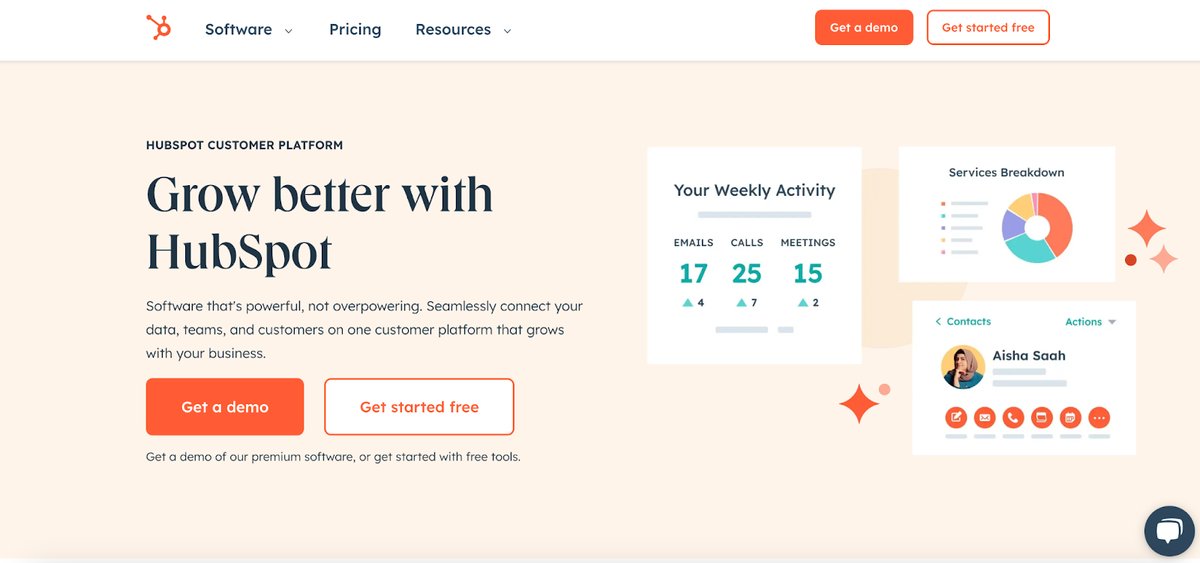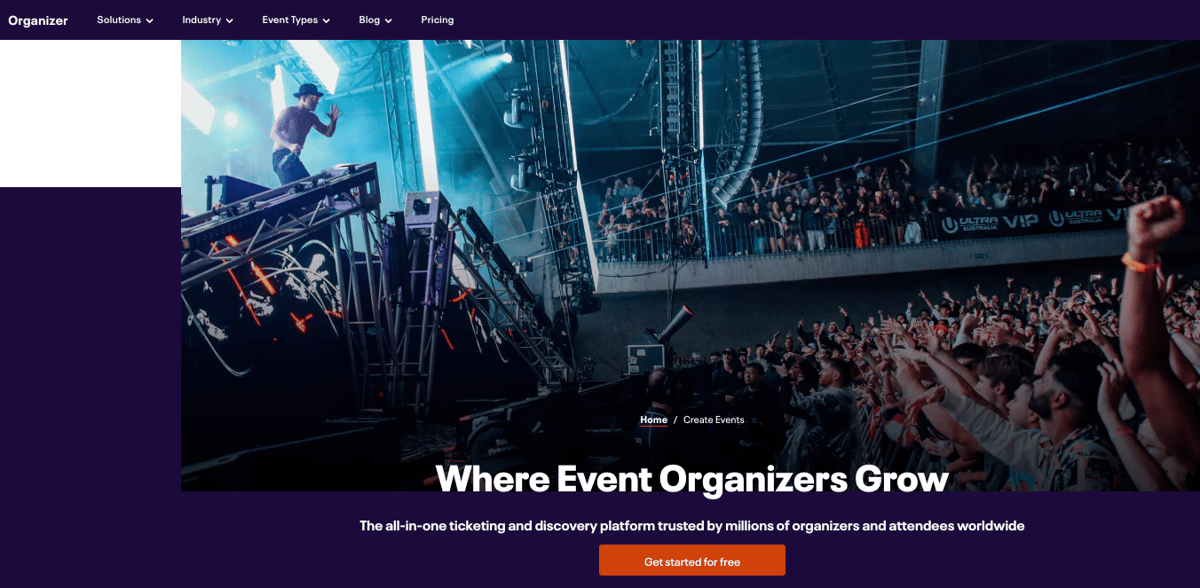Picture this: you're a marketer in today's fast-paced digital landscape, juggling multiple campaigns, channels, and deadlines. Every day, you're searching for ways to make your workflow smoother, faster, and more efficient. Sound familiar? You're not alone. In this guide, we're going to dive into the best tips to speed up your workflow, helping you navigate the complexities of modern marketing with ease and effectiveness.
Importance of an optimized marketing workflow
Let's be real—having an optimized marketing workflow isn't just a nice-to-have; it's a game-changer. It means spending less time on dull tasks and more time on what really matters: crafting compelling content, engaging with your audience, and driving results. When your workflow is streamlined, you're able to collaborate seamlessly with your team, stay ahead of the curve, and make the most of every opportunity that comes your way. In short, an optimized workflow isn't just about efficiency—it's about giving yourself the competitive edge you need to succeed in today's fast-paced world.
Overview of the challenges marketers face in their workflows
Even though having an efficient workflow is beneficial, marketers often face various challenges that can disrupt their productivity. These challenges range from using different tools and technologies that don't work well together to having data scattered across different systems and facing communication gaps. In today's marketing world, there are many obstacles that can slow down even the most organized workflows. Additionally, the constant pressure to produce results within tight deadlines and with limited resources makes these challenges even more difficult to overcome. As a result, marketers often feel stressed and overwhelmed.
Understanding Marketing Workflow and Types
A. Definition of Marketing Workflow:
Marketing workflow refers to the systematic process of planning, executing, and evaluating marketing activities within an organization. It involves the coordination of tasks, resources, and stakeholders to achieve marketing objectives efficiently and effectively. A well-defined marketing workflow helps streamline processes, improve productivity, and ensure consistency in messaging and brand image across various channels.
B. Exploring Common Marketing Workflow Types:
1. Linear Workflow:
- In a linear workflow, tasks and activities progress one after the other in a set order.
- Each stage typically has a predefined set of activities and objectives that must be completed before moving to the next stage.
- This workflow type is often used for traditional marketing campaigns, where activities follow a fixed schedule and steps.
2. Approval Workflow:
- The approval workflow focuses on obtaining necessary approvals and feedback at different stages of the marketing process.
- Stakeholders review and give the green light before moving to the next phase.
- This workflow helps ensure that marketing materials meet quality standards, follow the brand guidelines, and align with organizational goals.
3. Agile Workflow:
- Agile marketing is about being flexible and adapting quickly to changes.
- Teams collaborate closely and work in short and iterative cycles known as sprints.
- Agile methodologies, such as Scrum or Kanban, enable marketers to prioritize tasks, experiment with different approaches, and quickly adjust strategies based on real-time data and insights.
4. Collaborative Workflow:
- Collaborative workflow emphasizes teamwork, communication, and cross-functional collaboration among different departments and stakeholders.
- It involves tools and platforms that facilitate real-time collaboration, file sharing, and project management.
- By fostering open communication and knowledge sharing, collaborative workflows enhance efficiency, creativity, and innovation within marketing teams.
Understanding the various types of marketing workflows is essential for optimizing marketing processes and achieving desired outcomes. Organizations can choose the workflow type that best aligns with their goals, resources, and organizational culture. Whether it's following a linear sequence, seeking approvals, embracing agility, or fostering collaboration, an effective marketing workflow lays the foundation for successful marketing campaigns and initiatives.
Top Tips to Speed Up Marketers Workflow
1. Leverage Automation Tools:
A. Optimize Your Technology Stack:
Distractions make it hard to get things done efficiently. Marketers should look at their tech tools and find ways to make them work better together. While you're organizing your workspace, don't forget to clean up your computer by deleting apps you don't need. Some apps, like Adobe Creative Cloud, take up a lot of space and can slow things down. You might need to consider the decision to uninstall it to keep your workflow smooth.
B. Identify Repetitive Tasks that Can Be Automated:
Marketers should first identify tasks within their workflow that are repetitive and time-consuming. These could include tasks such as data entry, social media posting, email responses, or report generation. By recognizing these repetitive tasks, marketers can streamline their workflow and allocate more time to strategic activities that require human input and creativity.
C. Explore Automation Tools:
Once repetitive tasks are identified, marketers can explore various automation tools available in the market. Here are some of the examples:
- For social media scheduling, platforms like Hootsuite, Buffer, or Sprout Social allow marketers to schedule posts in advance, track engagement metrics, and manage multiple social media accounts from a single dashboard.

- Email marketing automation tools such as Mailchimp, Constant Contact, or HubSpot automate email campaigns, segment audiences, and personalize content based on user behavior and preferences.

- Data analysis tools like Google Analytics, SEMrush, or Moz provide insights into website traffic, audience demographics, keyword performance, and campaign effectiveness.

- Event management tools like Eventbrite, Cvent and Whova provide solutions for event registration, ticketing, marketing, ads, and payments, helping marketers plan, promote and execute events.

These tips not only accelerate marketing processes but also empower marketers to allocate their time and resources more strategically, ultimately enhancing overall productivity and performance.
2. Streamline Communication Channels
A. Choose communication tools that facilitate quick and efficient collaboration
With so many ways to communicate, it's important to pick tools that work well for your team. Whether it's Slack for real-time messaging, Zoom for video conferencing, or project management tools like Asana or Trello, the key is to leverage technologies that enhance communication without overwhelming team members with unnecessary features.

B. Establish clear communication protocols and channels within teams
Confusion and wasted time can happen when communication isn't clear. That's why it's important to set up clear team communication rules. Make sure everyone knows when and how to reach out to each other. Decide what each channel is for—like urgent issues, project updates, or just chatting. Writing down these rules can help everyone stay on the same page and keep things consistent across projects and teams.
3. Embrace agile marketing principles
Embracing agile principles is key to staying competitive and responsive to market changes. Agile marketing means using flexible strategies that prioritize adaptability, collaboration, and continuous improvement. Here are two important aspects of embracing agile marketing:
A. Agile planning techniques
Agile planning means breaking big marketing plans into smaller, manageable tasks. Instead of sticking to long-term plans that might become outdated, agile marketers focus on short-term goals. Techniques like sprint planning help teams set short-term objectives and timelines, staying focused and aligned with business goals. By regularly adjusting strategies based on feedback and data, agile planning lets marketers respond quickly to trends and opportunities.
B. Iterative approach to campaigns
Unlike traditional marketing, agile marketing takes an iterative approach to campaigns. Instead of launching fully developed campaigns, marketers release minimum viable products or prototypes early and improve them based on feedback and metrics. This lets marketers experiment with different messaging and channels, test ideas quickly, and optimize campaigns in real time. By encouraging experimentation and learning from both successes and failures, agile marketing helps teams refine their strategies and achieve better results.
4. Establish feedback loops and performance metrics
Of course, establishing feedback loops and performance metrics is crucial for organizations aiming to enhance operations, boost customer satisfaction, and foster continuous growth. Here are three key strategies for implementing effective feedback loops and performance metrics:
A. Regular Performance Reviews:
Regular performance reviews help managers understand how well individuals and teams are doing. These reviews let managers see strengths and areas where improvement is needed. They also help set clear goals for performance and find ways for employees to improve their performance. Encouraging peer feedback and self-assessment builds a culture where everyone is accountable and honest about their work.
B. Collecting and Using Customer Feedback:
Asking customers for feedback through surveys, focus groups, and social media helps organizations learn about what customers want and what issues they have. Looking at this feedback helps find patterns, spots areas where products or services can be improved, and makes the overall customer experience better. When organizations use customer feedback to improve products and services, they focus on what customers really want. This builds trust and keeps customers happy in the long run.

So, setting up feedback loops and performance metrics creates a culture where everyone is always trying to get better, leading to success for the organization. By doing regular performance reviews, analyzing customer feedback, and keeping track of team productivity, organizations learn more, work better, and give both employees and customers great experiences.
5. Invest in Training and Skill Development
Investing in training and skill development is crucial for success in marketing, an ever-changing field. As technologies evolve and consumer behaviors shift, marketers must keep their skills sharp to stay ahead. Here are key strategies for investing in training and skill development:
A. Stay Updated on the Latest Marketing Trends and Technologies:
Marketing moves fast, so staying informed about the latest trends and technologies is vital. Marketers should spend time reading industry publications, attending webinars, and going to conferences to learn about new ideas and best practices. By staying informed, marketers can adapt their strategies and become leaders in their field.
B. Develop Proficiency in Relevant Software and Tools:
Marketing relies heavily on technology and software. Marketers should focus on becoming skilled in tools like analytics platforms, customer relationship management (CRM) systems, and social media management tools. Mastering these tools helps streamline work and improve results.
3. Encourage Continuous Learning and Skill-Sharing Within the Team:
Building a culture where learning and sharing skills are valued is key to having a successful marketing team. Encourage team members to take online courses, get certifications, and attend workshops to expand their knowledge. Host sessions where team members can share insights and collaborate on projects. Creating an effective employee training program helps nurture talent, spark innovation, and drive growth.
Investing in training and skill development not only helps marketers excel but also makes the organization stronger and more competitive. By prioritizing learning, staying informed about trends, mastering relevant tools, and fostering a culture of sharing knowledge, organizations empower their marketing teams to thrive in today's dynamic landscape.
Conclusion
In conclusion, optimizing marketing workflows is vital for efficiency and success. By leveraging automation tools, streamlining communication channels, embracing agile principles, establishing feedback loops, and investing in training, marketers can enhance productivity and drive better results. Regularly reevaluating workflows ensures adaptability in the face of changing market dynamics. Embracing efficient workflows empowers teams to achieve greater productivity and success in today's competitive landscape.


